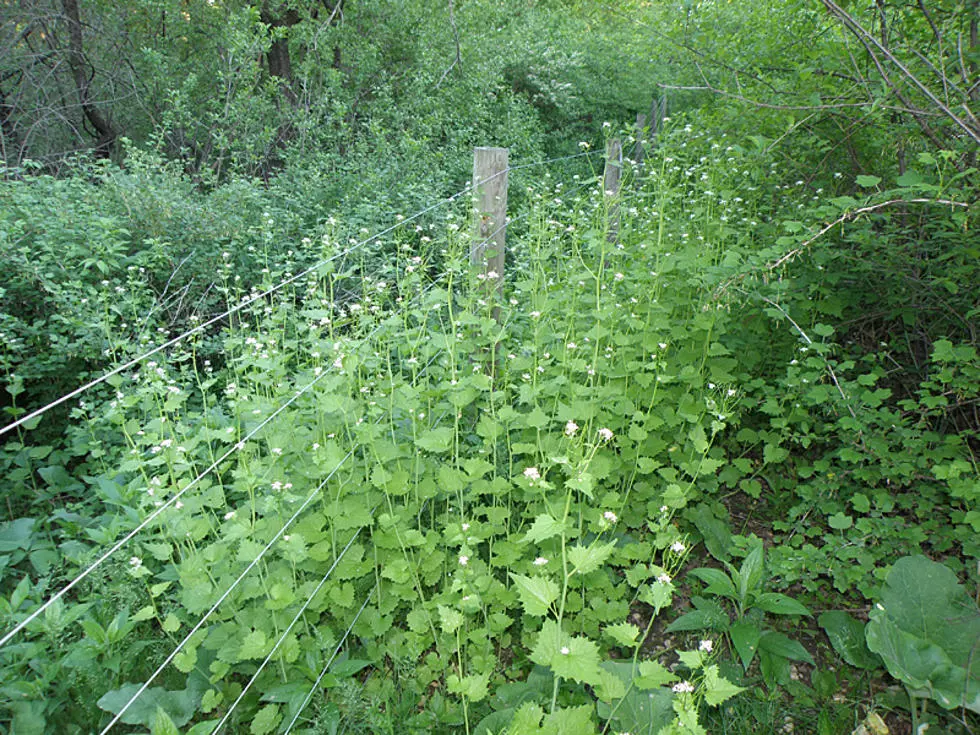
The Dilemma Facing Soybean Growers This Year
The weather has not been very cooperative all spring and early this summer. That is likely an understatement. The frequent rain made it difficult to get the crop planted and herbicides applied. Well, we did get the crop planted and most of the pre-emergence herbicides on. In addition the post emergence herbicides on the corn for the most part did get applied. However, farmers are in a tough spot with trying to get the weeds under control in their soybeans.
Last week and this week would have been the ideal time to get the post-emergence herbicides on the beans for a couple reasons. First, it has gotten tougher to control weeds like water hemp, giant ragweed and lambs quarters. The bigger they are the harder they are to kill with herbicides. Plus, many of the herbicides we planned to use cannot be applied too late in June or they will carryover and affect next years corn crop.
Many farmer's "ace in the hole" for controlling those tough weeds was new technology of being able to use dicamba. Because of some off target movement issues last summer, the label was modified for this year. You could not spray dicambia if the daily high temperature was going to be above 85 degrees. In addition you could not apply dicambia after June 21. The end result is with those restrictions and rain that made fields too wet there were very few days when dicambia could be applied.
The end result is farmers have had to go to plan B and maybe plan C. I am hoping we do not have to go to plan D. Plan D would be walking the beans and pulling the weeds one by one. Those of us that are older remember walking beans. Younger farmers thanks to Round-Up Ready technology have never walked beans. They may now gain some experience walking beans. What is the old phrase "what goes around comes around?"
More From KDHL Radio



![LeAnn Rimes Teams With Stevie Nicks for Re-Imagined ‘Borrowed’ [LISTEN]](http://townsquare.media/site/623/files/2018/06/LeAnn-Rimes.jpg?w=980&q=75)





